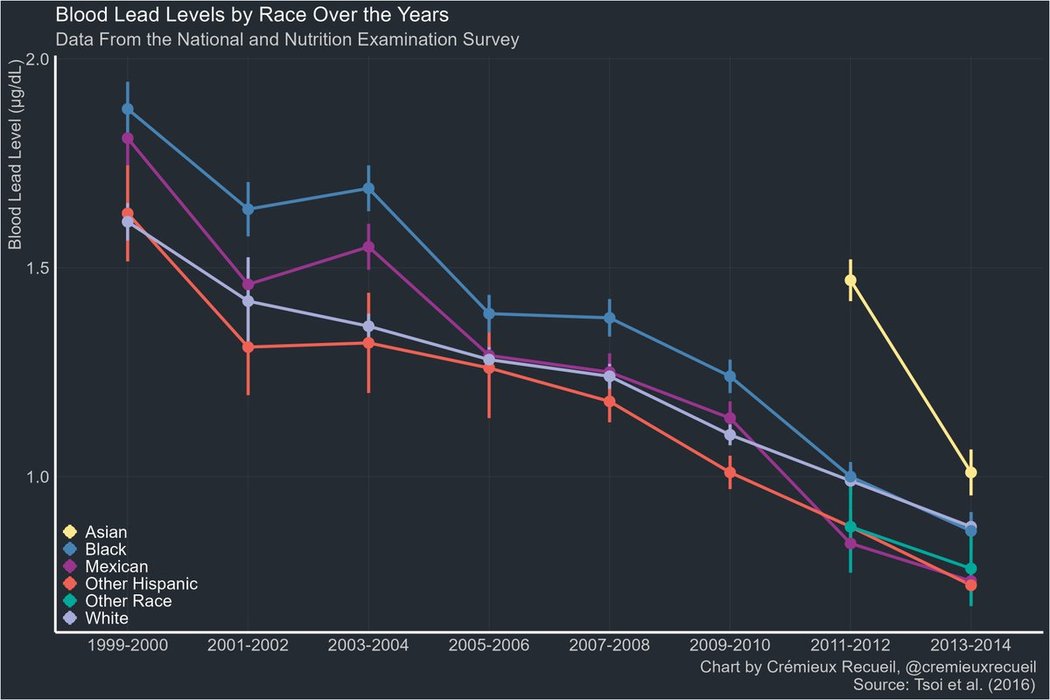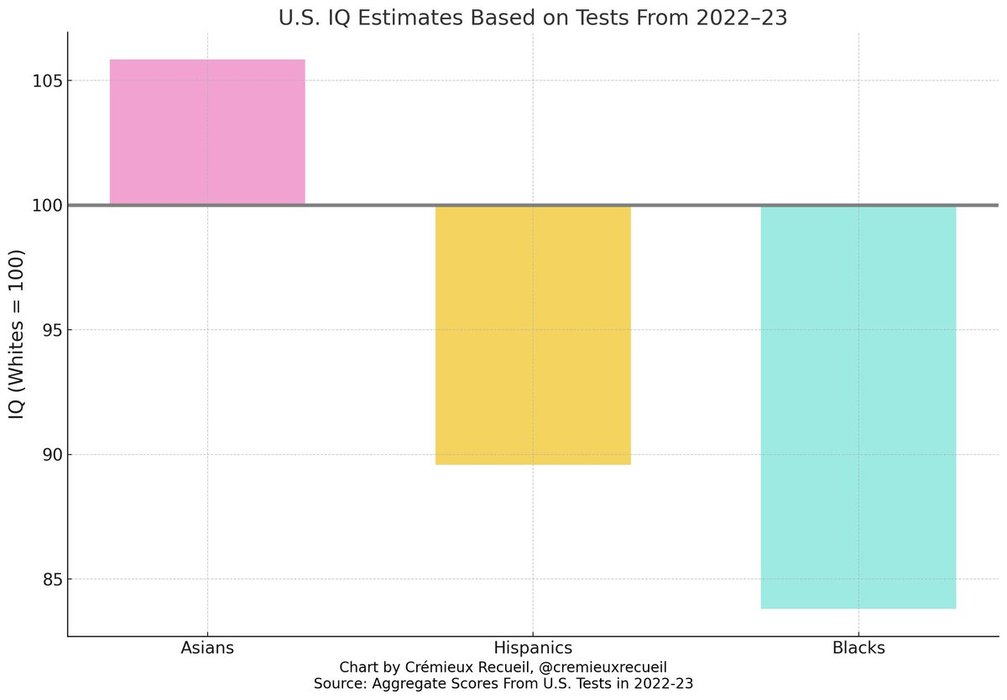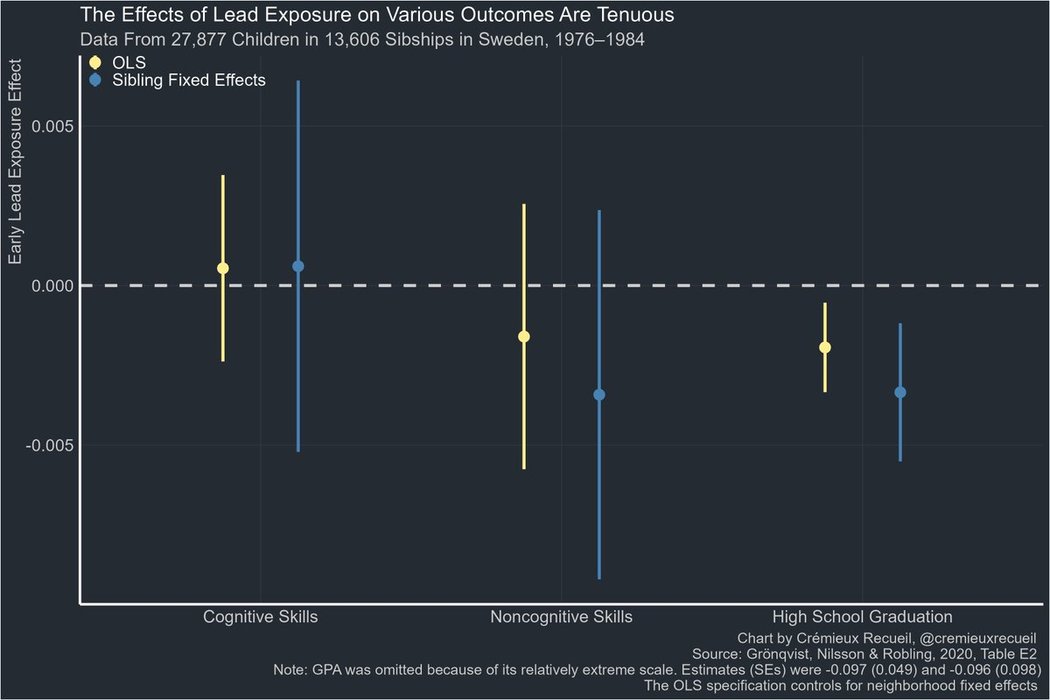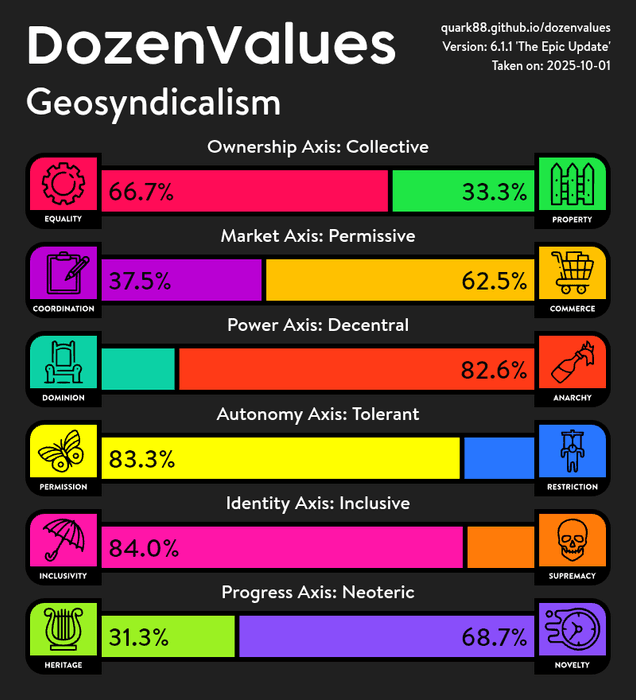Sublime
An inspiration engine for ideas
Studies
Roman • 1 card
The contrarian’s enemy is not only random conformists. It’s also ridiculously smart people who have studied the topic in incredible depth and concluded that they’re wrong. And as we all know from certain creative offshoots of rock, paper, scissors, high-IQ mega autists beats public intellectual.
Bentham's Bulldog • Losing Faith In Contrarianism



Discussion of the impacts of lead on IQs, crime, and health is riddled with issues.
The typical study involves correlating blood lead levels with IQs or health, no causal inference involved. But because we've been studying lead so long, we know this doesn't work!
To show this, I performed... See more
The truth is that small schools are not better on average; they are simply more variable.
Daniel Kahneman • Thinking, Fast and Slow
Research & Stats
Natalia F • 1 card

These tests always have questions that beg notions I don't believe in and force me to chose a lot of neutrals which I think messes up my results. I think my result is more leftist than I actually am. Questions about what governments should do when I answer other questions saying they shouldn't exist definitely produces incoherence.
The results reinforced the findings of Phillips’s earlier study: social diversity leads people to take dissenting opinions more seriously.
Alex Edmans • May Contain Lies: How Stories, Statistics, and Studies Exploit Our Biases—And What We Can Do about It
Research
Tabitha • 8 cards

just R1 and basic verifier in a loop. No tools for R1 as such. No finetuning on proprietary Nvidia code. R1 isn't even that great at coding according to DeepSeek.
Do you feel it yet? https://t.co/8H64bhbPUg